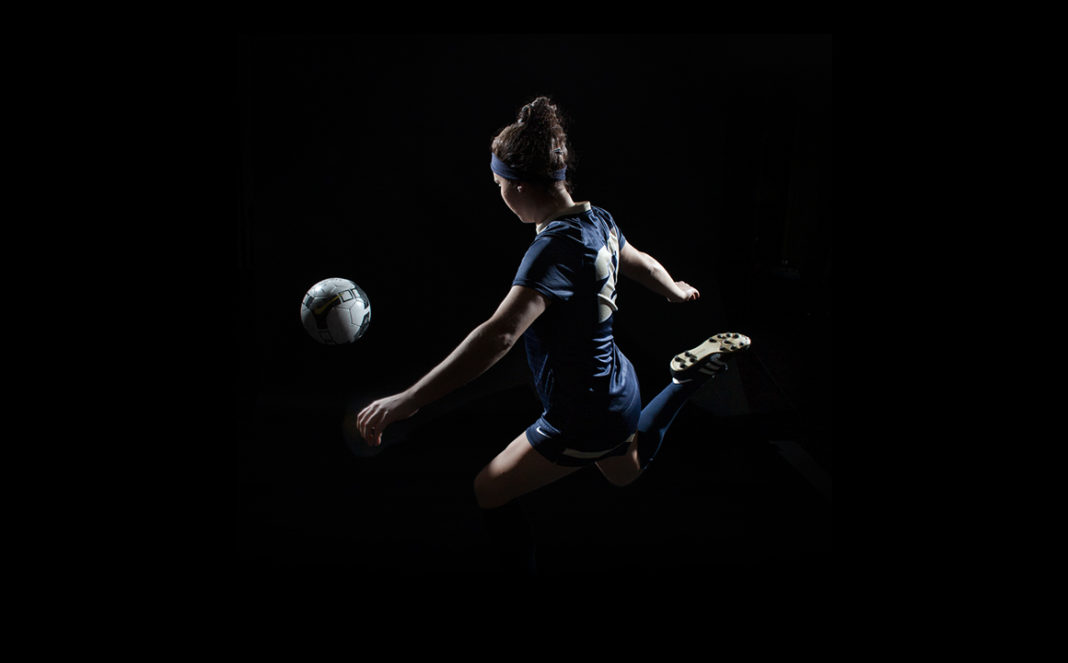Football is known as one of the games determined by high-speed decision making. Everyone is born without a talent. This includes the world’s greats Cristiano Ronaldo (Cr7) and Lionel Messi. These amicable players have had to train their brains through hours of cruel practice.
This has led to the realization of untapped potential by pioneering coaches. Thus, new and advanced technology based on neuroscience and psychology is being developed. Fascinating experiments conducted by Mick Clegg under Manchester United involved players like Cr7, Roy Keane, and Rud Van Nistelrooy. Clegg’s experiment spanned over ten years and depended on the importance of brain power.
According to Clegg, the idea to develop the brain gym based on an industrial estate in Ashton came from the realization of “Rapid cognition. Rapid cognition. Rapid cognition.” Additionally, a key observation was how most players look for speed over strength. The answer on how to develop power with speed as the main ingredient generates from the brain.
Clegg’s gym has metal frames with lights and switches that test reaction time, peripheral vision, and under tarpaulin stands, two huge USD $85000 machines—Nike SPARQ Sensory Performance. There is also a NeuroTracker that is now being used by dozens of leading clubs including those in EPL. The NeuroTracker is designed for training multiple object tracking. Thus, useful for not only the footballer but the entire team.
The Footbonaut is a square of AstroTurf with four metal frame sides split into squares by LED grid lights. Mario Gotze is one of the leading players who is a huge fan of the Footbonaut. With multiple objects tracking training supported by the HELIX, players in Hoffenheim get tested on executive function and other mental abilities. The team’s sports psychologist Dr. John Mayor uses the HELIX.
Football keeps on getting faster. And according to Mayor, Germany finished third in the 2006 World Cup with a player spending an average 2.9 seconds on the ball each touch. In 2014, the number dropped to just 0.9 seconds. Clearly, quick decision making and brain tracking paid off for the Germany national team as 15% improvement was indicated in on-field decision making. It is only a matter of time before brain the athletic brain is used in international sports globally.
The Athletic Brain – How Neuroscience Is Revolutionising Sport And Can Help You Perform Better by Amit Katwala is out now (Simon & Schuster). You can buy a copy here.
More News To Read
- Revolutionizing the World with Genetic Material Computers
- Clothing Now Being Made From Synthetic Spider Silk of All Things!
- A 360-Degree Camera That’s Affordable and Compatible with Android
- The Colonization of Mars Gets Closer, but Can Our Bodies Really Handle it?
- Is it Really Possible to Create a Livable Atmosphere Up on the Moon?











